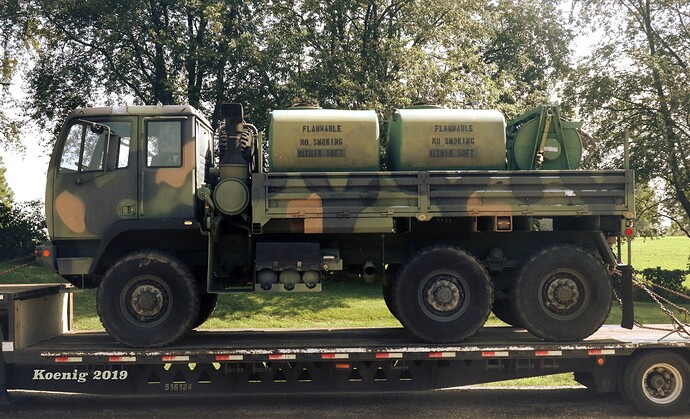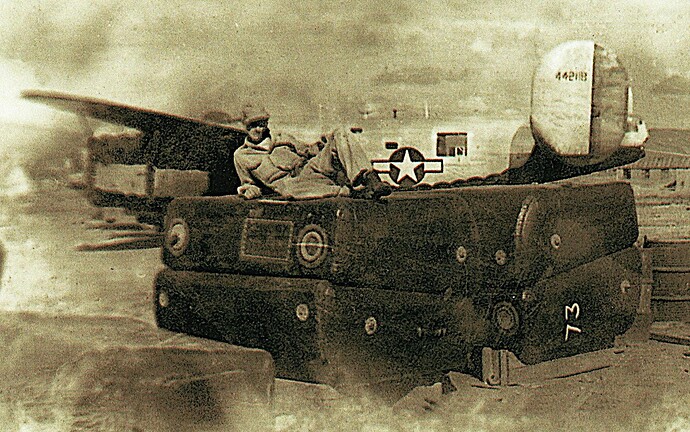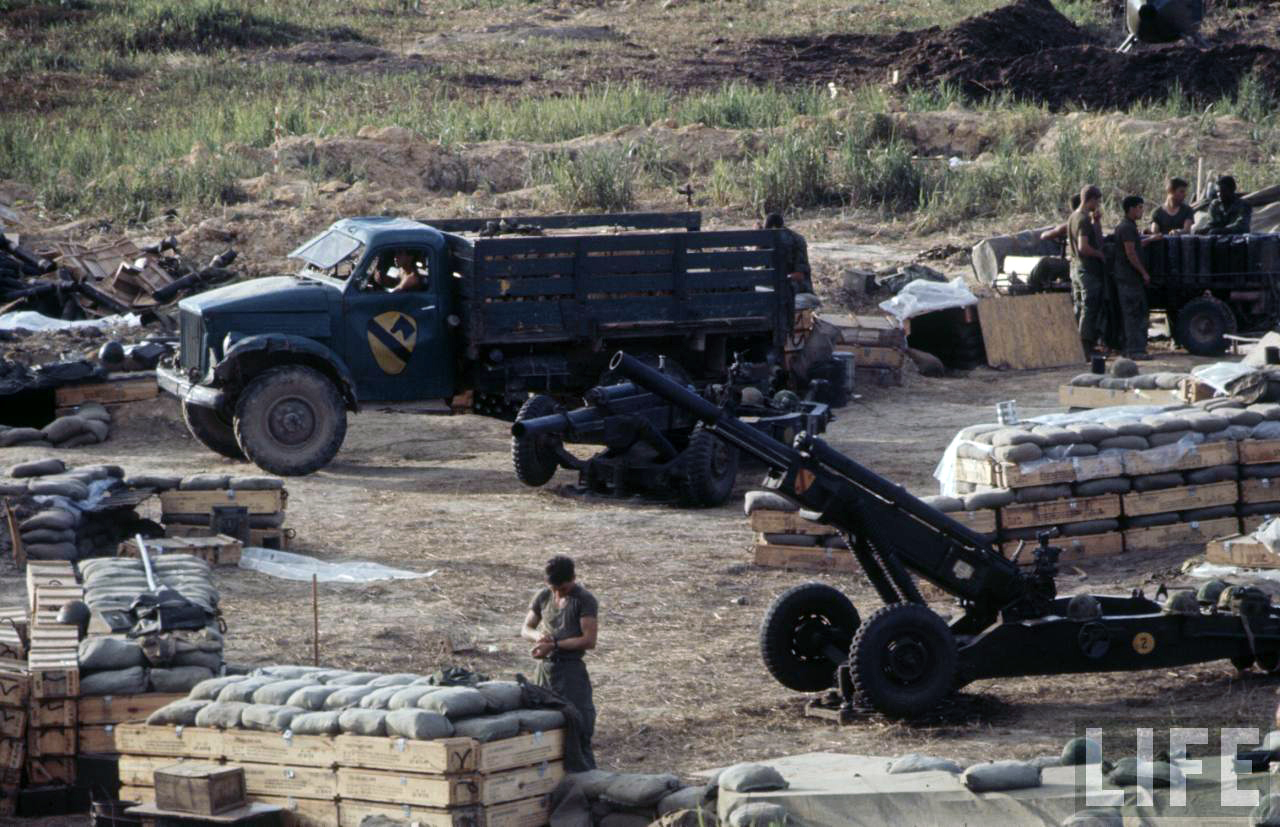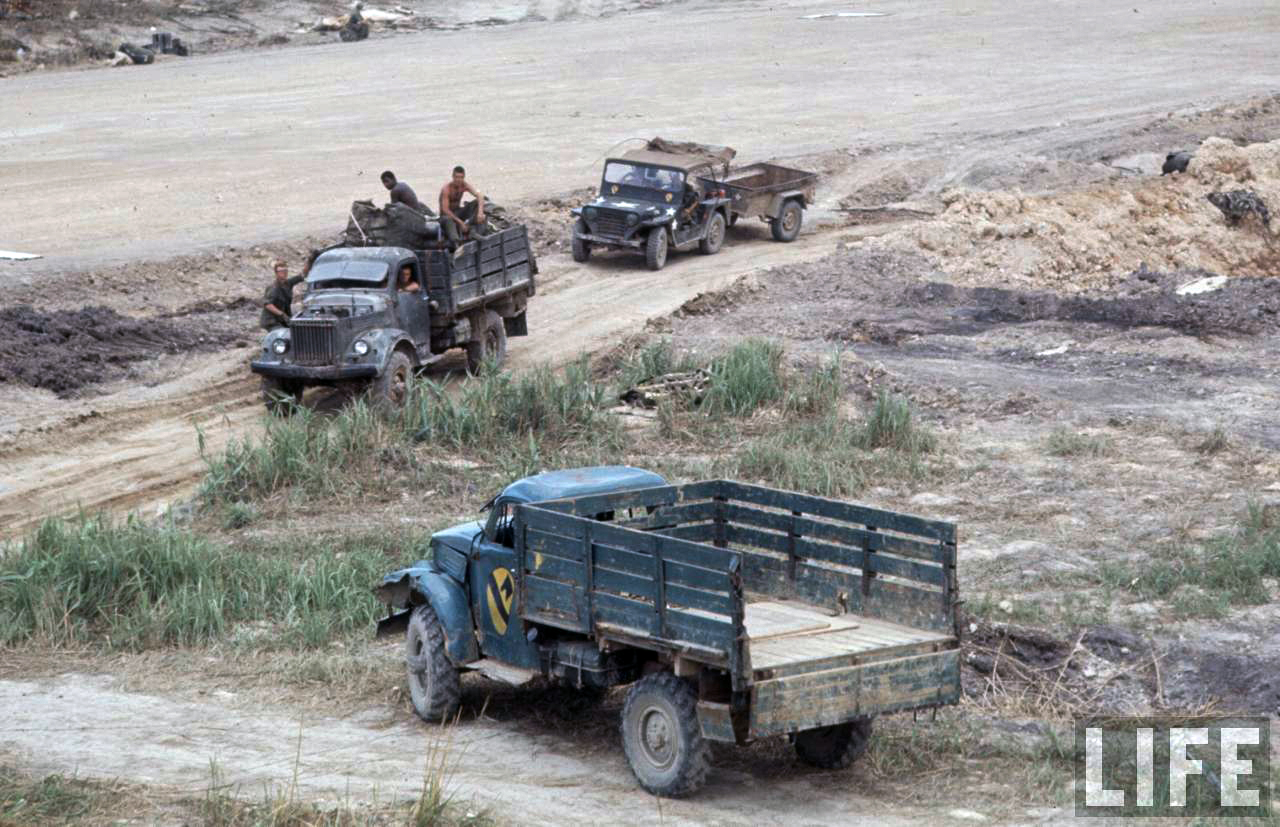The original question was how fuel gets transported. That would make it in the present day? I know, it is all about symantecs, but that is what I based my response on… ![]()
The original post:
I read this as a question about the transport from supply depots in the rear up to the units close to the frontline. The supply chain from oil well to refinery and then maybe across an ocean to a supply depot is another question.
It was. I assume the oil well situation is the same in peacetime as inn wartime.
US Army-
It’s not. In wartime oil fields, refining and storage facilities are all strategic targets. Deny them to your enemy. Destroy or capture those elements and you reduce their modern war making ability. In WWII, the “oil campaign” was arguably one of the more successful aspects of the strategic bombing campaign in Europe. In the Pacific, the US submarine fleet cutting off Japan from their oil supplies by sinking tankers was a major influence on the war in that hemisphere. In Korea and Vietnam air strikes on communist POL targets were a common aspect of those air wars and reduced the Reds capacity for offensive mechanized ground warfare.
The above manual is specific to Aviation units, as they are the only ones who use FARPs. Ground units conduct resupply using Bn and Brigade through Division trains (logistic elements).
Oops-looked at it quickly and didn’t notice that.
But as you said, in the US Army units rotate out of the line to rearm and refuel.
It works quite well.
A good article about Russia’s military logistics
Boy, that article sure shows the planners what to do to fight a successful a defensive battle against the Russians. Very enlightening!
Cutting the fuel supply counts as a slow mobility kill.
Fuel for vehicles or “fuel” for humans, basically the same thing.
When the human body starts burning off body fat we lose
some brain capacity → starve them and they will not think straight.
The motor vehicle reduced the logistics problems
compared to feeding a lot of horses. Horses consume
“fuel” all the time, motor vehicles can be parked with
the engine shut off.
When you are moving fast logistic trains struggle to keep up. Helicopters can place fuel ahead of the moving column or place it anywhere it is needed.
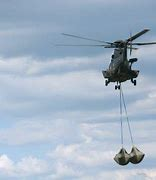
Fuel bladders seen here made to fit in the bombay of B-24’s to ferry fuel “over the hump” in the WWII CBI Theater:
Ironically what made me think of this idea to begin with was when I read about not only how Soviet supply lines were attacked in Afghanistan, but also how the North Korean supply lines were intercepted by rapidly advancing American tanks and fuel containers were taken off abandoned North Korean trucks to refuel the tanks. I wondered if the fuel was transported in jerrycans or drums or how else.
Jumping again back to WWII you might be interested to Google “Operation Pluto” (PipeLine Under the Ocean)
These were a number of flexible hose pipelines laid under the Channel just after D-Day to supply the fuel needs of the Allied forces. Each line was to be laid (unrolled actually) at night and the entire operation designed to be accomplished in just ONE night to avoid enemy aircraft.
The U.S. Army also uses rubber Blivits with a portable pump along with it. They fly them out via Chinook, and come back later to pick them up again. They also do potable water in the same manner, but with a smaller capacity blivit. That one has a simple brass valve to be attached after hitting the ground. Oil is almost always in five gallon cans (jerry cans). They will be marked for hydraulic or transmission. Gasoline always was delivered with two 55 gallon barrels on a pallet. Never saw diesel come out in drums, but they probably did.
A CAV Troop will usually get three or four blivits delivered to them in a field (big open field), but have seen M549’s in use two or three times back where the roads were. When they deliver the diesel fuel, they’ll also have twelve to twenty cans of oil with them and trade empty cans for full ones. One thing I don’t think I ever saw was an engine oil & filter change!
gary
never saw a GAZ truck, but they were probably used in Laos. I did see two or three ZIL’s, and they were pretty much unmarked. Painted a light greenish grey color with a tarp over the back. I would say your best bet of seeing a GAZ in country was within thirty miles of the DMZ. Just because they were in Laos did not mean you could get them in Vietnam very easily. Best bet would have been in the Ashau Valley.
gary
For the Anschluss and Czechoslovakia the Panzers just pulled up to the gas stations on the line of march. Fromwhat I remember reading the Germans didnt have anything to put in the tanker trucks. (I remember reading of BF-110s (?) in Norway having ran out of go-go juice and having had to land on the airfield that the Fallschirmjagern were capturing. (MGs in the back seats did come in handy supporting the paras.)
Are we sure this thread isn’t an intelligence gathering mission started by a Russian hacker trying to get ideas on how to do things in Ukraine ? Current tactics arent working too well.
